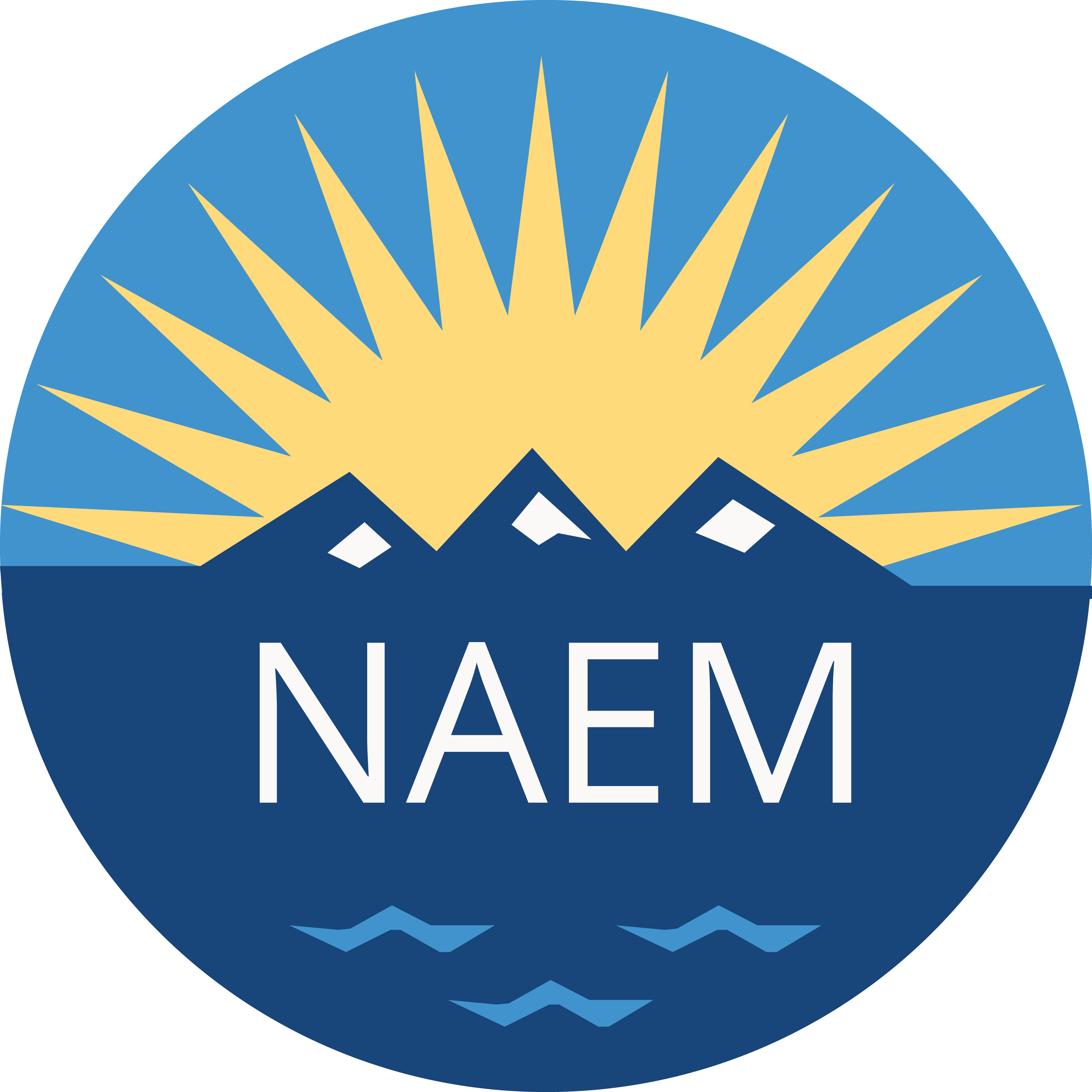Making the Business Case for Energy and Water Savings
By NAEM Staff
If you could quantify the cost of your company’s combined energy and water use, how much value could you create?
That was the question Cargill Inc. faced when Wade Martinson and his engineering research team developed an integrated process model to measure how certain operational changes affected resource consumption within the company’s soybean processing facilities.
The result is a dynamic snapshot that gives plant supervisors the information they need to identify the cost of inefficiency and to optimize their performance.
“You left $5 on the table in extraction, but you left $2,000 on the table in evaporation,” Mr. Martinson explains to operations leaders through daily emails. “Maybe it’s time to clean this heat exchanger. Why was this temperature not where the standard operating procedure says it should be?”
While it might seem intuitive to EHS and sustainability professionals that energy use and water use are inextricably linked, quantifying that connection in a way that drives better business decisions has long been an elusive challenge within many companies, according to Todd Musterait, Environmental Practice Leader at WSP.
“When I was on the industry side driving this, you’d get people internally thinking specifically about energy efficiency or water as a separate issue,” he said. “What I’ve found in most organizations is that there is no understanding of the cost that energy and water comprises.”
Without that information, Mr. Musterait says energy and water projects are often framed as compliance obligations or ‘nice to have’ sustainability initiatives. The key to changing the conversation is to demonstrate a clear return on investment, he said.
“If the leadership isn’t of a sustainability mindframe, it’s all business,” he said. “And if this doesn’t make business sense, it’s not going to happen.”
And the key to making a business case, Mr. Musterait and Mr. Martinson both say, is tracking down the data.
“Everyone’s infatuated with the concept of ‘low-hanging fruit’ but sometimes you have to do a little work,” Mr. Martinson said.
For those organizations that don’t have a sophisticated information management tool for energy and water use, Mr. Musterait recommends starting with an analysis of the utility meters.
“You do it the hard way, taking raw data from the utilities and sizing up the cost and the usage, and going plant by plant,” he said.
These numbers are particularly compelling for operations leaders in water-scarce parts of the world, where the case is often one of basic business continuity.
“As I worked in plants in Mexico and India, there’s a whole different reason for why they want to do energy and water. It’s survival mode,” Mr. Musterait recalled. “They have issues getting the volume of water they need to run their process and production so there’s a different incentive there.”
Business opportunity offers another persuasive argument for greater efficiency, according to Blake Schomas, who has conducted about 200 water balance assessments as the global manager and developer of Ecolab's Total Plant Assessment program.
One good example is his experience of working with a chicken processing plant, with the aim of reducing water consumption by 20 percent.
“Their key driver was, ‘We can’t produce more birds [sic] because there’s not enough water available to us,’” he recalled.
According to Mr. Schomas, a typical facility processes between 100,000 and 500,000 birds per day. With an average water use of about 4 gallons of water per bird, these facilities need about 2 million gallons to keep up with their production.
After conducting a total plant assessment, Mr. Schomas and his team were able to demonstrate how process changes would allow the company to process 28 million more chickens per year, “which is a lot of chickens,” he said.
“It’s sometimes difficult to justify spending capital to save water on a particular project if you’re just focused on the cost of water,” he said. “But if you can relate it to other costs that are also real [you can make the business case].”
And as Mr. Martinson points out, the companies that invest their capital the best are the ones who will win over the long-term.
Besides, it’s never hurts to learn more about your company’s operations, he said.
“There’s something to be said about understanding your process on a more fundamental, quantitative level. I don’t know how you put a dollar value on it but it’s very real,” he said. “And just going through the exercise of building a model really forces you to learn.”
To learn more about how companies are reducing their operational footprints or to read about the thought leaders who presented at the 2015 Corporate Sustainability Conference, visit http://corporatesustainabilitymanagement.naem.org/index.php.

